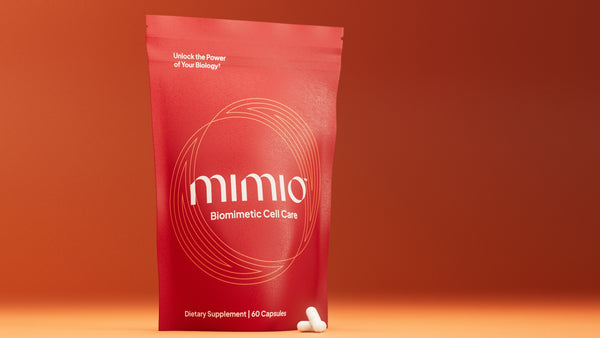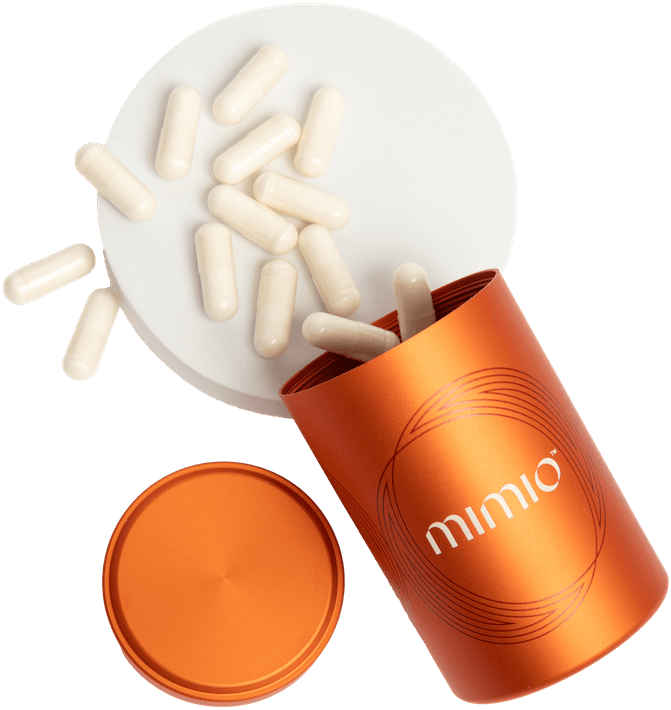Aging is a natural part of life, but have you ever wondered what’s really happening inside your body as the years go by? Scientists have identified specific changes that occur at the cellular level, known as the hallmarks of aging, which drive the aging process and impact our health over time. Understanding these hallmarks can empower you to make lifestyle changes that support healthier aging. So, let’s take a deep dive into the hallmarks of aging, how they affect you, and what you can do to keep them in check.
What Are the Hallmarks of Aging?
The concept of the hallmarks of aging comes from groundbreaking research that identified key biological processes that drive aging. Think of these hallmarks as the hidden culprits working behind the scenes, causing your cells to lose their youthful functionality. The good news? While aging can’t be stopped, understanding these processes can help us target them and isolate some potentially negative lifestyle choices.
The 12 Hallmarks of Aging Explained
- Genomic Instability
- As we age, our DNA is exposed to damage from environmental factors like UV radiation, toxins, and even normal cellular processes. This damage can lead to genetic mutations and genomic instability, contributing to cellular aging and increasing the risk of diseases like cancer.
- Telomere Attrition
- Telomeres are protective caps at the ends of our chromosomes that prevent DNA damage during cell division. Over time, these caps wear down—a process known as telomere attrition—leading to shorter telomeres that make cells more prone to aging and malfunction.
- Epigenetic Alterations
- Epigenetics refers to changes in gene expression that don’t alter the DNA sequence but can turn certain genes on or off. Aging leads to epigenetic drift, where the regulation of these genes becomes disrupted, affecting everything from metabolism to immune function.
- Loss of Proteostasis
- Proteostasis is the cell’s ability to maintain properly folded and functioning proteins. With age, this process deteriorates, leading to the accumulation of misfolded proteins that contribute to neurodegenerative diseases like Alzheimer’s and Parkinson’s.
- Deregulated Nutrient Sensing
- Our cells rely on specific nutrient-sensing pathways to regulate growth and metabolism. As we age, these pathways—like mTOR and AMPK—become deregulated, leading to metabolic dysfunction, insulin resistance, and other age-related conditions.
- Mitochondrial Dysfunction
- Mitochondria, often called the powerhouses of the cell, produce energy needed for all cellular functions. With age, mitochondria become less efficient and produce more reactive oxygen species (ROS), contributing to oxidative stress and cellular damage.
- Cellular Senescence
- Normally, aging cells are programmed to die off and be replaced. However, some cells enter a state of senescence, where they stop dividing but don’t die. These “zombie cells” can accumulate and release inflammatory signals, contributing to aging and age-related diseases.
- Stem Cell Exhaustion
- Stem cells are the body’s repair crew, capable of generating new cells to replace damaged or aged ones. As we age, stem cells lose their regenerative capacity, leading to tissue deterioration and slower healing processes.
- Altered Intercellular Communication
- Cells communicate to maintain homeostasis, but aging disrupts this communication, leading to chronic inflammation, impaired immune function, and hormonal imbalances—all of which accelerate aging.
- Disabled Macroautophagy
- Autophagy is the process of clearing out damaged cellular components to make way for new ones. When autophagy slows down, it leads to the buildup of cellular waste, which can impair cell function and contribute to age-related decline.
- Chronic Inflammation
- Inflammation is a natural immune response, but chronic, low-level inflammation can become a silent driver of aging. This contributes to conditions like cardiovascular disease, diabetes, and cognitive decline.
- Dysbiosis
- Dysbiosis refers to imbalances in the gut microbiome, which can affect everything from digestion to mood and immune function. An aging microbiome is linked to increased inflammation, weakened immunity, and overall health decline.
How to Target the Hallmarks of Aging
While aging is inevitable, there are actionable steps you can take to target these hallmarks and promote healthier aging.
- Prioritize a Nutrient-Dense Diet: Eating a diet rich in antioxidants, healthy fats, lean proteins, and fiber helps support cellular function, protect DNA, and reduce inflammation. Incorporate colorful fruits, vegetables, whole grains, and omega-3-rich foods into your daily meals.
- Exercise Regularly: Physical activity enhances mitochondrial function, boosts autophagy, and reduces inflammation. Aim for a mix of cardio, strength training, and flexibility exercises to support overall cellular health.
- Embrace Intermittent Fasting: Fasting triggers autophagy and helps regulate nutrient-sensing pathways like AMPK, which can mimic some of the anti-aging effects seen in caloric restriction. Popular methods include the 16:8 approach (16 hours of fasting, 8 hours of eating) or a full-day fast once a week.
- Manage Stress and Prioritize Sleep: Chronic stress and poor sleep can accelerate aging through increased inflammation and impaired cellular repair. Incorporate mindfulness practices, establish a relaxing bedtime routine, and aim for 7-8 hours of quality sleep per night.
- Stay Hydrated: Proper hydration supports detoxification and helps maintain the fluid balance needed for cellular communication and metabolic processes. Drink plenty of water throughout the day, especially if you’re active.
- Consider Supplements: Certain supplements like NAD+ precursors, CoQ10, and polyphenols have been shown to support mitochondrial health, enhance cellular repair, and reduce oxidative stress. For targeted support, consider adding Mimio’s Biomimetic Cell Care to your routine. Mimio’s advanced formula is designed to mimic the anti-aging effects of fasting, promoting cellular health, reducing inflammation, and supporting longevity.
Final Thoughts: Embrace Aging with Science on Your Side
Aging may be inevitable, but how we age is within our control. By understanding the hallmarks of aging, you can take proactive steps to support your cellular health, embrace aging, and enjoy a longer, healthier life. From tweaking your diet and exercise routine to incorporating advanced supplements like Mimio’s Biomimetic Cell Care, these small changes can make a big impact on how you feel and function as you age.
Remember, aging doesn’t have to be a decline—it can be an opportunity to invest in yourself and your health. So, go ahead, embrace these strategies and give your cells the support they need to thrive.



